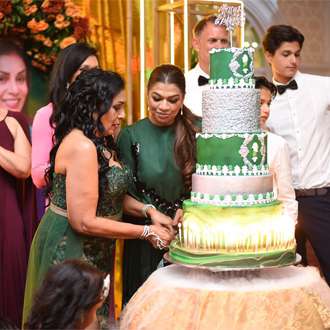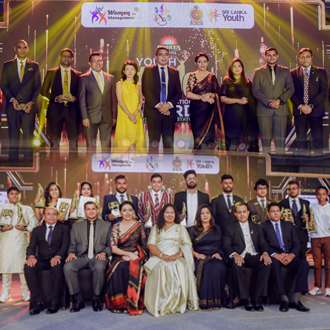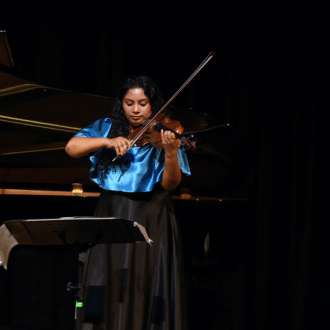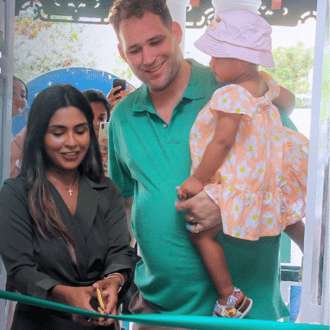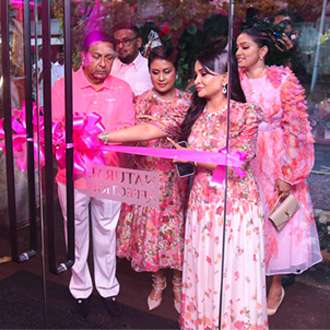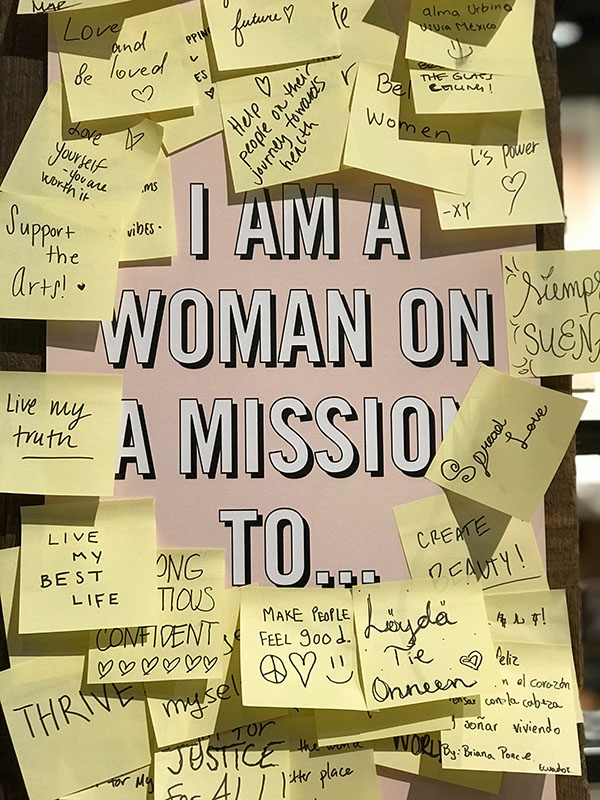
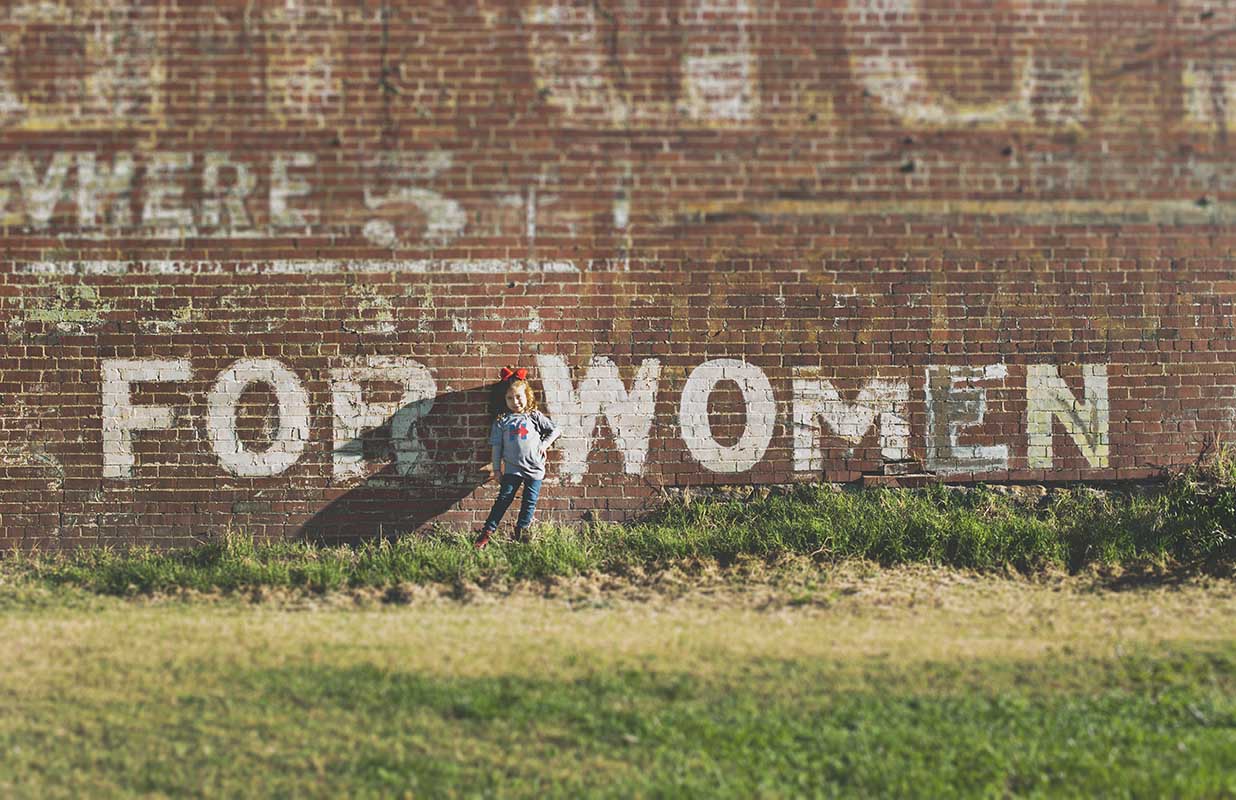
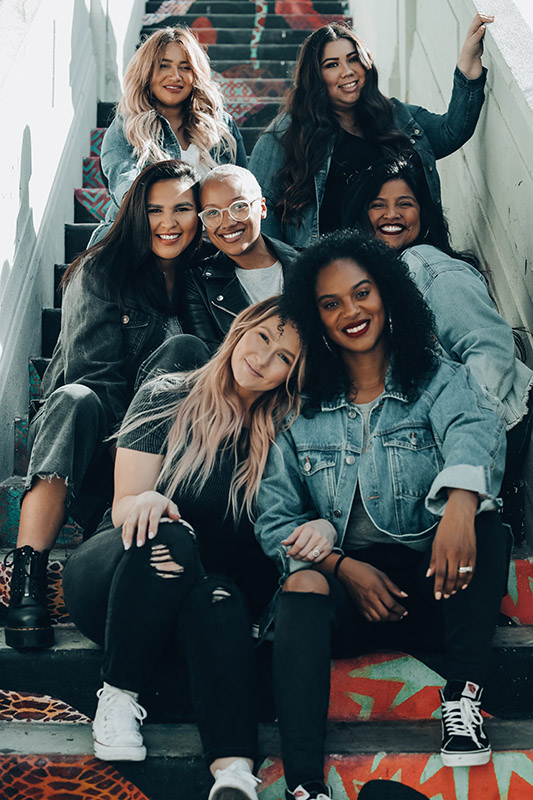
We all know that every year on March 8th, we celebrate International Women's Day all over the world but have you ever considered why Women's Day gets so much coverage in contrast to Men's Day? Why are special programmes and campaigns dedicated to women and girls being held on this day? Why is everybody so adamant about "Celebrating Her"?
Women's Day is honoured around the world to commemorate the social, cultural, economic, and political contributions that women have made while facing various challenges in their daily lives. Simultaneously, this serves as a timely reminder of the importance of promoting gender equality.
Although we have entered a modernized era, violence against women continues to exist through cases of rape and sexual assault, domestic violence, gender discrimination at work, etc. We should appreciate how difficult it is to mentally balance everything and still proceed with life when encountering these types of situations in society. With March being Women’s Day Month, let’s go back in time and get to know the story behind such a distinctive day.
Although we have entered a modernized era, a majority of women continue to face cases of rape, sexual assault, domestic violence, and many other forms of violence regularly. We should learn to appreciate the strength and integrity they’ve built within themselves to balance everything mentally and still go on to live their lives, despite the number of challenges they have to face.
Let’s take a walk down the years to see how it all sprung.
Going back in history, this majestic day includes several key years of movements that we need to know of; The First International Women's Day was founded on February 28th, 1909, by the Socialist Party of America to observe the New York garment workers' strike. The first official International Women's Day celebrations went on to take place in 1911, when women from various European countries, such as Austria, Denmark, Germany, and Switzerland, took part in this event. Millions of women marched through the streets to claim the right to vote and hold public office, the right to work, to vocational training, and to end discrimination in occupation.
In 1913, Women's Day was used as a protest mechanism in World War I.
As part of the Peace Movement, Russian women celebrated their first International Women's Day on the last Sunday of February that year. As for the rest of Europe, women held rallies either to protest the war or to express solidarity with other activists on or around the 8th of March of the following year. Further, in 1915, amid the First World War rage, a huge gathering of women was hosted in the Netherlands on 15th April. Participants contained over 1,300 women from over 12 countries all around Europe!
Another major protest in Europe occurred on March 8, 1917, when women textile workers in St Petersburg (originally known as Petrograd) took to the streets which ultimately led to the spark of the Russian Revolution. Before the United Nations embraced the day and began celebrating it as International Women's Day, the day was largely marked by communist countries and socialist movements.
Today, the celebration spreads worldwide! After the Second World War, many countries began to honour this day collectively. In 1975, the United Nations celebrated 8th March as “International Women's Day” and two years later, the General Assembly adopted a sound resolution. This is by proclaiming a United Nations Day for Women's Rights and International Peace to be observed on any day of the year by the Member States, following their historical and national traditions. Since then, the United Nations and its agencies have worked diligently to improve gender equality throughout the globe.
With time, customs tend to change. We can see how equal rights have been given to women in today’s day and age as well by involving them in politics and governing a nation; Kamala Harris is the United State’s first Female Vice-President as well as the first African-American and Asian-American Vice-President they’ve appointed; Jacinda Ardern is the youngest female leader in the world and New Zealand’s youngest Prime Minister in 150 years, setting another respective world record!
Sri Lanka, too, made history by having the world's first female prime minister, none other than Hon. Sirimavo Bandaranaike. Another spectacular example would be Bimshani Jasin Arachchi who was appointed Deputy Inspector General of Police (DIG) and also became the first and only female DIG of Sri Lanka. Further, we have many other inspiring women, including Otara Gunewardene, Hiranya Peiris, Asha de Vos, Dr. Vajira Chitrasena, and many more, who have thrived in their journeys of hardship and have given inspiration to many young women to dream and achieve.
To all the lovely ladies,
You’re blessed,
You’re strong,
You’re beautiful.
But most importantly, YOU MATTER.
Shine like a star and raise the female radar!
Happy Women’s Day!

